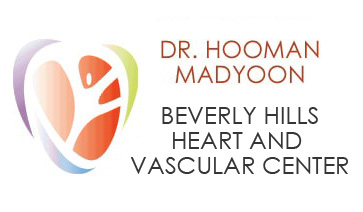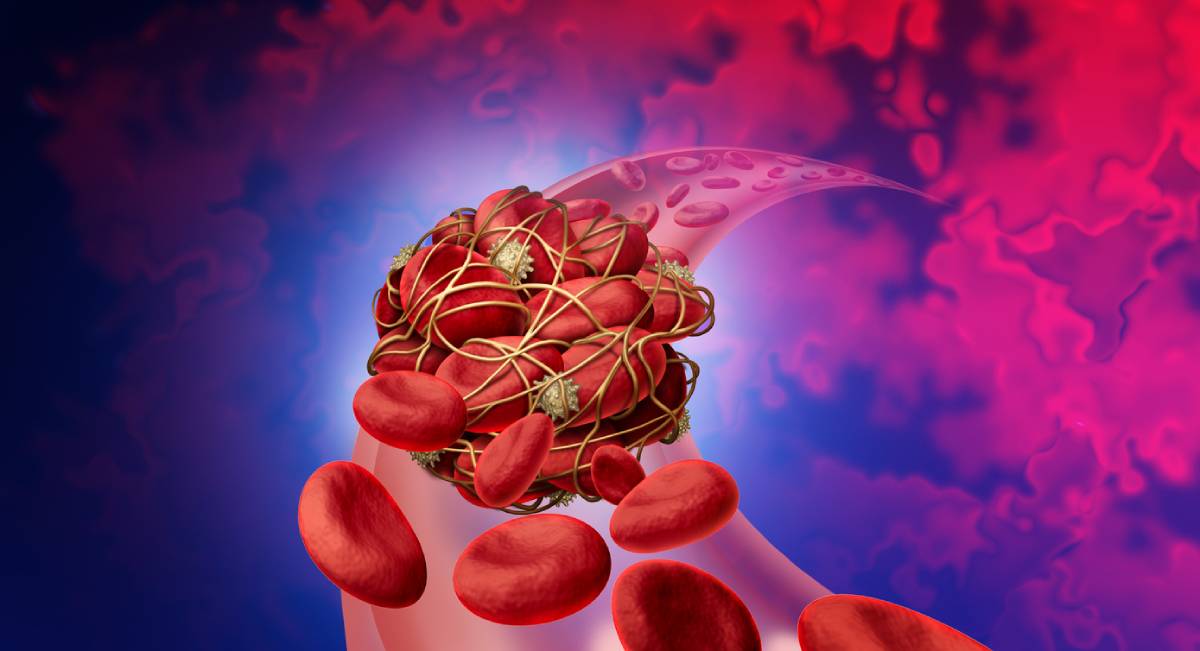Deep vein thrombosis (DVT) is the result of a blood clot in a deep set vein. Deep vein thrombosis usually occurs in the leg(s), and it is associated with several risk factors including obesity, sedentary lifestyle, smoking, and medications that increase the risk of clotting.
What Causes Deep Vein Thrombosis?
Deep vein thrombosis is caused by a blood clot. Although some people are more prone to clots for different reasons, clots are usually the result of poor circulation. Deep vein thrombosis is just one of many medical conditions caused by blood clots.
DVT is usually found in the legs, but it is possible for clots to form in other deep veins. The pelvis, neck, and arms are all possibilities. In any case, deep vein thrombosis prevents the body from returning deoxygenated blood back through the heart.
Deep vein thrombosis isn’t usually immediately life threatening, but it can easily lead to a life threatening condition if the clot moves into the lungs causing a pulmonary embolism. That’s why it is so important to recognize the signs and to get medical attention as soon as possible.
What Are the Symptoms of Deep Vein Thrombosis?
Fortunately, the symptoms of deep vein thrombosis are generally easy to identify. You will typically notice that one or both of their legs are experiencing swelling. You may also notice pain. More often than not, the pain will start in your calf, causing a cramping soreness.
Under closer inspection, you would likely see that the skin on the affected leg appears somewhat discolored. Redness is one possible indicator, but other discoloration is possible. In addition to visible changes, you may also note that your leg feels warmer than usual.
All of these are classic symptoms associated with deep vein thrombosis, so if you notice them in other parts of your body don’t just write it off. If you are experiencing any of these symptoms, then it is always best to contact your doctor as soon as possible.
On its own, a DVT isn’t usually life threatening, but it isn’t something you can ignore. It is far too easy for that clot to move to an area where it could be life threatening.
Contacting Your Doctor
If you suspect you have deep vein thrombosis in Beverly Hills, then you should contact your doctor as soon as possible. Your medical team will work to diagnose your condition quickly so that you can take the appropriate steps to protect your health.
A review of your symptoms, a physical examination, and some additional testing may be required to ensure that your condition is properly diagnosed and treated. This process may move more quickly if you have a complete understanding of your risk factors.
Risk Factors for Deep Vein Thrombosis
As stated previously, the most common risk factors for deep vein thrombosis are obesity, sedentary lifestyle, smoking, and medications that increase clotting. Additional risk factors include:
- Being older than 60
- Injury or surgery
- Pregnancy
- Birth control pills
- Cancer
- Heart failure
- Inflammatory bowel disease
- Personal or family history of DVT
If any of these factors are relevant to you, then you do have an elevated risk of developing deep vein thrombosis. However, you can greatly reduce your overall risk by having a relatively healthy lifestyle. A balanced diet and regular exercise can go a long way towards maintaining a healthy circulatory system.
Treating DVT
The good news is that your vein treatment in Beverly Hills isn’t likely to be invasive. The first course of treatment is typically blood thinners to break up the clot into innocuous little pieces that can’t hurt you.
If that treatment isn’t successful for any reason, then your doctor may try additional medications and treatments. But DVT usually resolves without serious complications when caught early.

